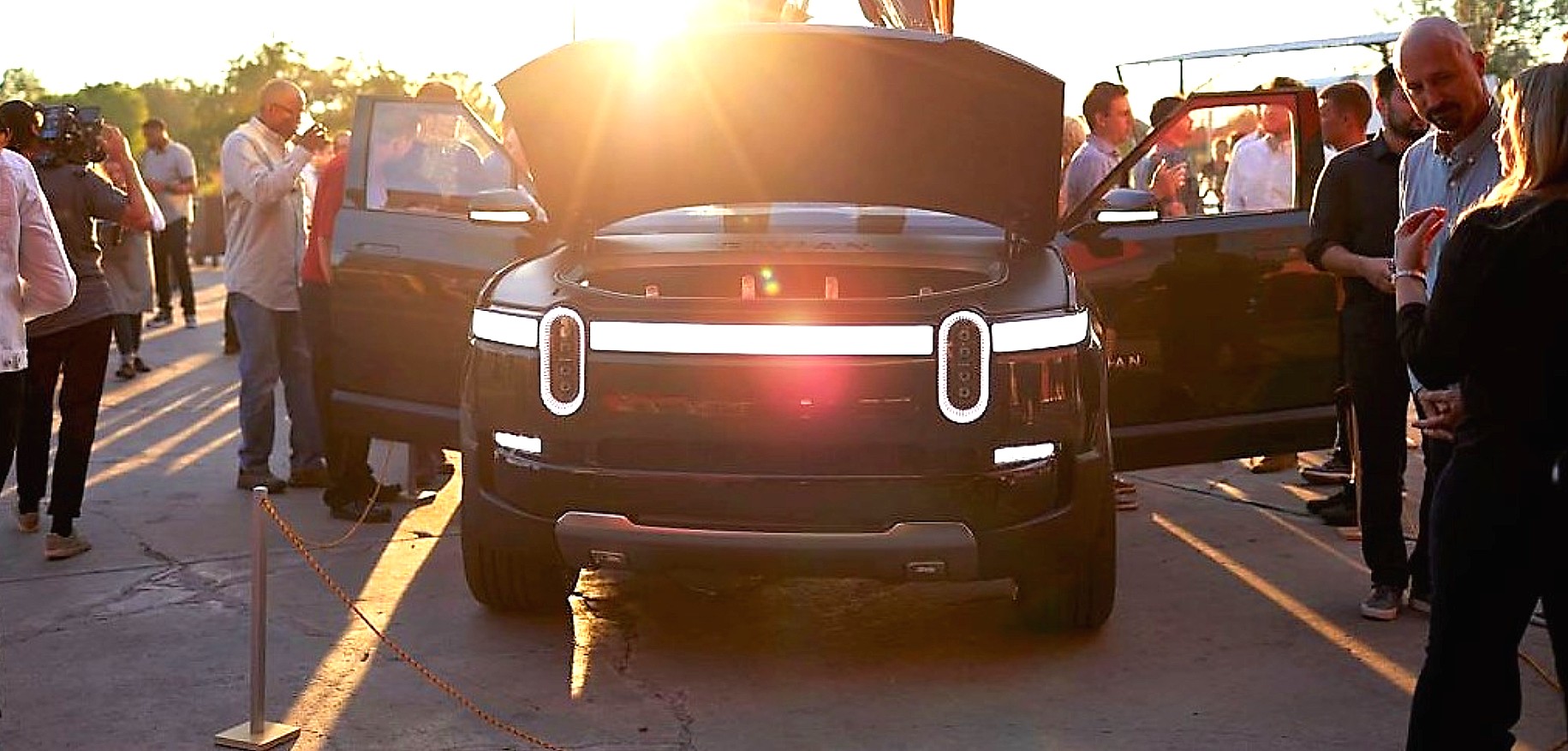
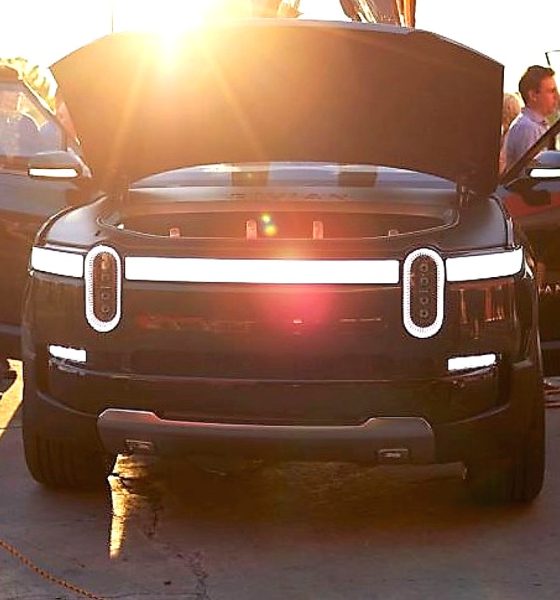
News
Rivian’s community growth is driven by a focus on sustainability
Rivian only officially entered the auto manufacturing scene last November, but you’d hardly know it by the headway the company has made in terms of branding and enthusiasm for its upcoming all-electric R1T pickup truck and R1S SUV. The startup’s flurry of marketing activity in the months since launching is largely to thank for the growing, nascent community. However, Rivian now has its sights set on earning even more respect from the clean energy crowd that’s already excited about electric vehicles via energy storage projects.
Last week, Rivian announced a new partnership with rock climber Alex Honnold and the Honnold Foundation to use the car maker’s used vehicle batteries for microgrid energy storage in underserved areas. The first project will take place in Adjuntas, Puerto Rico working with Casa Pueblo, a local organization committed transitioning their city’s energy grid to solar power. In the wake of Hurricane Maria, the Adjuntas community is ready for sustainable, independent energy sources, and Rivan’s batteries have substantial capacity – even after their vehicle life cycle is expended – to help with that transition.
The batteries Rivan is designing for its vehicles are purpose-built to have second-life storage applications, and the Adjuntas microgrid project will enable the company to implement the first steps of this broader plan. While the first R1T and R1S vehicles have yet to be delivered to patiently awaiting customers, spending time on environmentally-focused projects has been part of Rivian’s plans since its inception. “It’s the central motivation for the business,” CEO RJ Scaringe explained in a recently live streamed conversation about the joint microgrid initiative.
Many thanks to everyone who traveled near and far to be with us Saturday night in Denver. Such an amazing community is forming. To @casapuebloorg , @honnoldfound , @AlexHonnold, @RichRoll – exciting things to come . See more https://t.co/0XXhEqf5wk pic.twitter.com/yjjAThdzen
— Rivian (@Rivian) June 18, 2019
Scaringe is a self-described car enthusiast, but as his awareness and concern for the environmental issues surrounding gas-powered vehicles grew, he eventually made the decision to start a new car company that matched his values.
“The [cars] that I really loved were simultaneously making the planet worse, whether it’s geopolitical or air quality or climate change, and it really bothered me,” Scaringe admitted. “So…the way I thought I could have the most impact was to start a company. In starting Rivian, the goal was to create products that are exciting and built with passion and deliver real performance, but at the same time are deeply sustainable… The decisions we make as a company are absolutely made from the vantage point of how do we have the most impact.”
Alongside energy projects, Rivian has also made several appearances at trade shows, auto shows, and outdoor vendor events to continue building a network of business and consumer relationships that grow its community. New features and options have been announced as well, such as vehicle-to-vehicle charging and a portable kitchen set for the R1T gear tunnel, all of which have helped keep up enthusiasm for the company.

The attention Rivian has already garnered for the high-tech and performance stats of its upcoming R1T truck and R1S SUV is well deserved. Both vehicles have four electric motors with 750-800 total horsepower that can reach highway speeds in around 3 seconds, and 147 kW of independent power at each wheel also provides for torque vectoring. Rivian’s high-density battery packs have a thermal control system that adapts according to charging and driving behavior, and they’re tightly encased using advanced materials science to be capable of wading up to three feet of water. The 180 kWh “megapack” option is expected to give around 400 miles of range.
Rivian already has plenty to offer future customers as an all-electric car manufacturer full of innovative ideas, and their new sustainability initiative adds to the startup’s promising outlook. Production is slated for 2020 and pre-orders are available on the official website.

News
Tesla dominates in the UK with Model Y and Model 3 leading the way
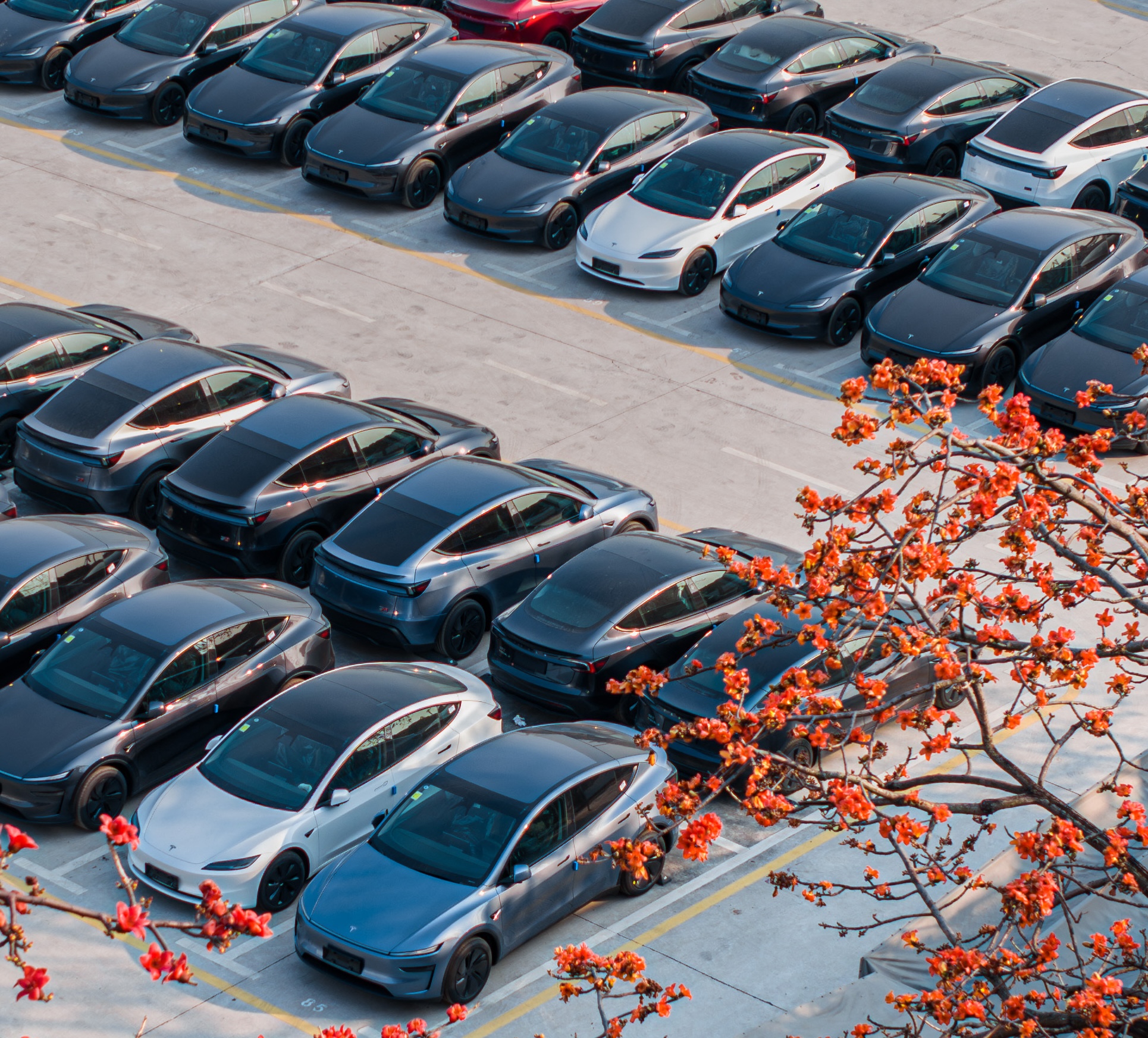
Tesla is dominating in the United Kingdom so far through 2025, and with about two weeks left in the year, the Model Y and Model 3 are leading the way.
The Model Y and Model 3 are the two best-selling electric vehicles in the United Kingdom, which is comprised of England, Scotland, Wales, and Northern Ireland, and it’s not particularly close.
According to data gathered by EU-EVs, the Model Y is sitting at 18,890 units for the year, while the Model 3 is slightly behind with 16,361 sales for the year so far.
The next best-selling EV is the Audi Q4 e-tron at 10,287 units, lagging significantly behind but ahead of other models like the BMW i4 and the Audi Q6 e-tron.
GOOD NEWS 🇬🇧 Tesla is absolutely crushing the UK electric vehicle market in 2025 💥
The numbers are in, and the dominance is clear. With an impressive amount of 42,270 vehicles delivered year-to-date, the brand now commands a solid 9.6% market share of the total auto market 🆒… pic.twitter.com/dkiGX9kzd0
— Ming (@tslaming) December 18, 2025
The Model Y has tasted significant success in the global market, but it has dominated in large markets like Europe and the United States.
For years, it’s been a car that has fit the bill of exactly what consumers need: a perfect combination of luxury, space, and sustainability.
Both vehicles are going to see decreases in sales compared to 2024; the Model Y was the best-selling car last year, but it sold 32,610 units in the UK. Meanwhile, the Model 3 had reached 17,272 units, which will keep it right on par with last year.
Tesla sold 50,090 units in the market last year, and it’s about 8,000 units shy of last year’s pace. It also had a stronger market share last year with 13.2 percent of the sales in the market. With two weeks left in 2025, Tesla has a 9.6 percent market share, leading Volkswagen with 8 percent.
The company likely felt some impact from CEO Elon Musk’s involvement with the Trump administration and, more specifically, his role with DOGE. However, it is worth mentioning that some months saw stronger consumer demand than others. For example, sales were up over 20 percent in February. A 14 percent increase followed this in June.
News
Tesla Insurance officially expands to new U.S. state
Tesla’s in-house Insurance program first launched back in late 2019, offering a new way to insure the vehicles that was potentially less expensive and could alleviate a lot of the issues people had with claims, as the company could assess and repair the damage itself.
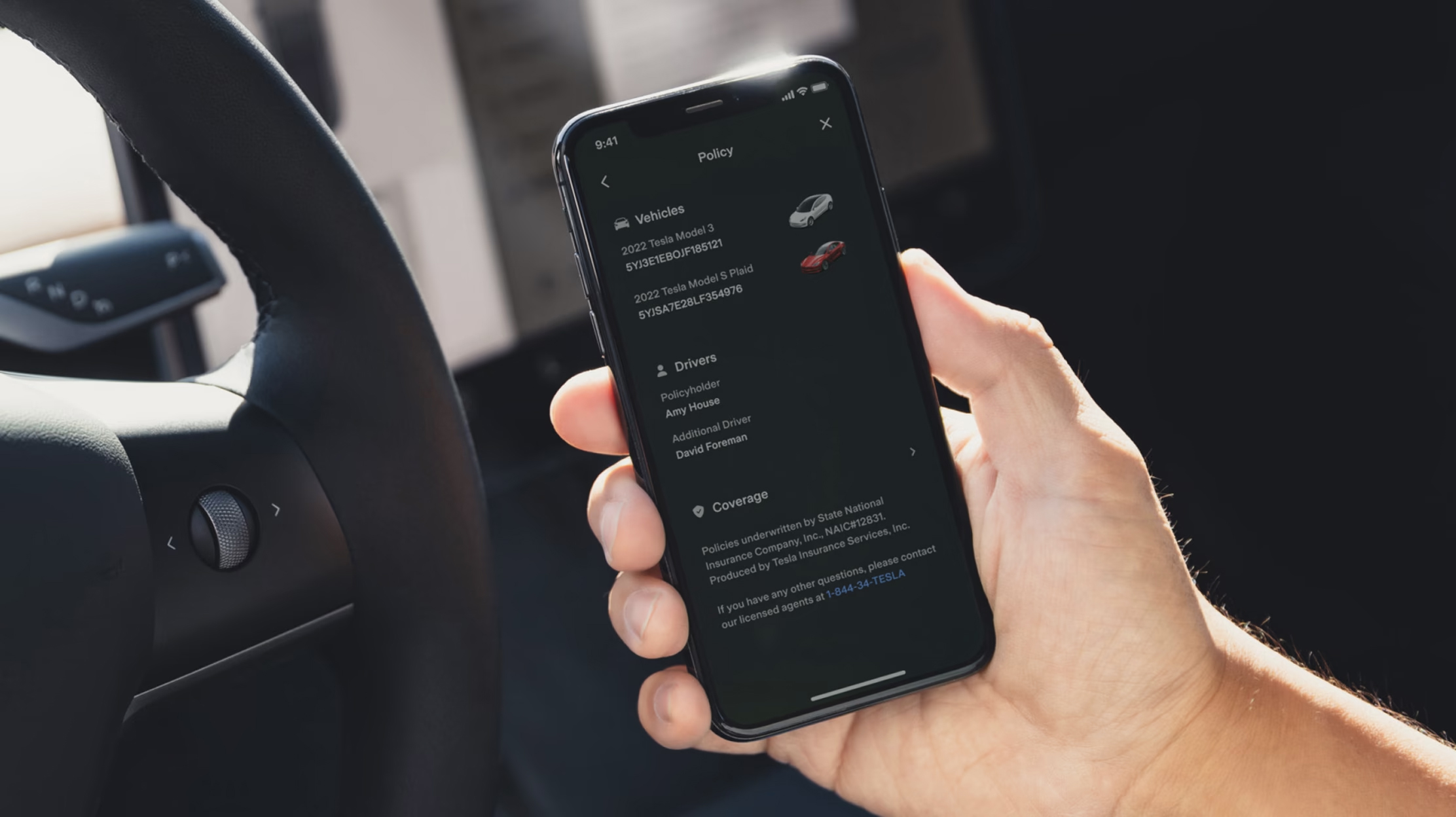
Tesla Insurance has officially expanded to a new U.S. state, its thirteenth since its launch in 2019.
Tesla has confirmed that its in-house Insurance program has officially made its way to Florida, just two months after the company filed to update its Private Passenger Auto program in the state. It had tried to offer its insurance program to drivers in the state back in 2022, but its launch did not happen.
Instead, Tesla refiled the paperwork back in mid-October, which essentially was the move toward initiating the offering this month.
BREAKING: Tesla Insurance has just officially launched in Florida.
This is the first new state to receive @Tesla Insurance in more than 3 years. In total, Tesla insurance is now available in 13 U.S. states (map in thread below of all the states).
Tesla Insurance in Florida uses… pic.twitter.com/bDwh1IV6gD
— Sawyer Merritt (@SawyerMerritt) December 17, 2025
Tesla’s in-house Insurance program first launched back in late 2019, offering a new way to insure the vehicles that was potentially less expensive and could alleviate a lot of the issues people had with claims, as the company could assess and repair the damage itself.
It has expanded to new states since 2019, but Florida presents a particularly interesting challenge for Tesla, as the company’s entry into the state is particularly noteworthy given its unique insurance landscape, characterized by high premiums due to frequent natural disasters, dense traffic, and a no-fault system.
Annual average premiums for Florida drivers hover around $4,000 per year, well above the national average. Tesla’s insurance program could disrupt this, especially for EV enthusiasts. The state’s growing EV adoption, fueled by incentives and infrastructure development, aligns perfectly with Tesla’s ecosystem.
Moreover, there are more ways to have cars repaired, and features like comprehensive coverage for battery damage and roadside assistance tailored to EVs address those common painpoints that owners have.
However, there are some challenges that still remain. Florida’s susceptibility to hurricanes raises questions about how Tesla will handle claims during disasters.
Looking ahead, Tesla’s expansion of its insurance program signals the company’s ambition to continue vertically integrating its services, including coverage of its vehicles. Reducing dependency on third-party insurers only makes things simpler for the company’s automotive division, as well as for its customers.
News
Tesla Full Self-Driving gets sparkling review from South Korean politician
“Having already ridden in an unmanned robotaxi, the novelty wasn’t as strong for me, but it drives just as well as most people do. It already feels like a completed technology, which gives me a lot to think about.”
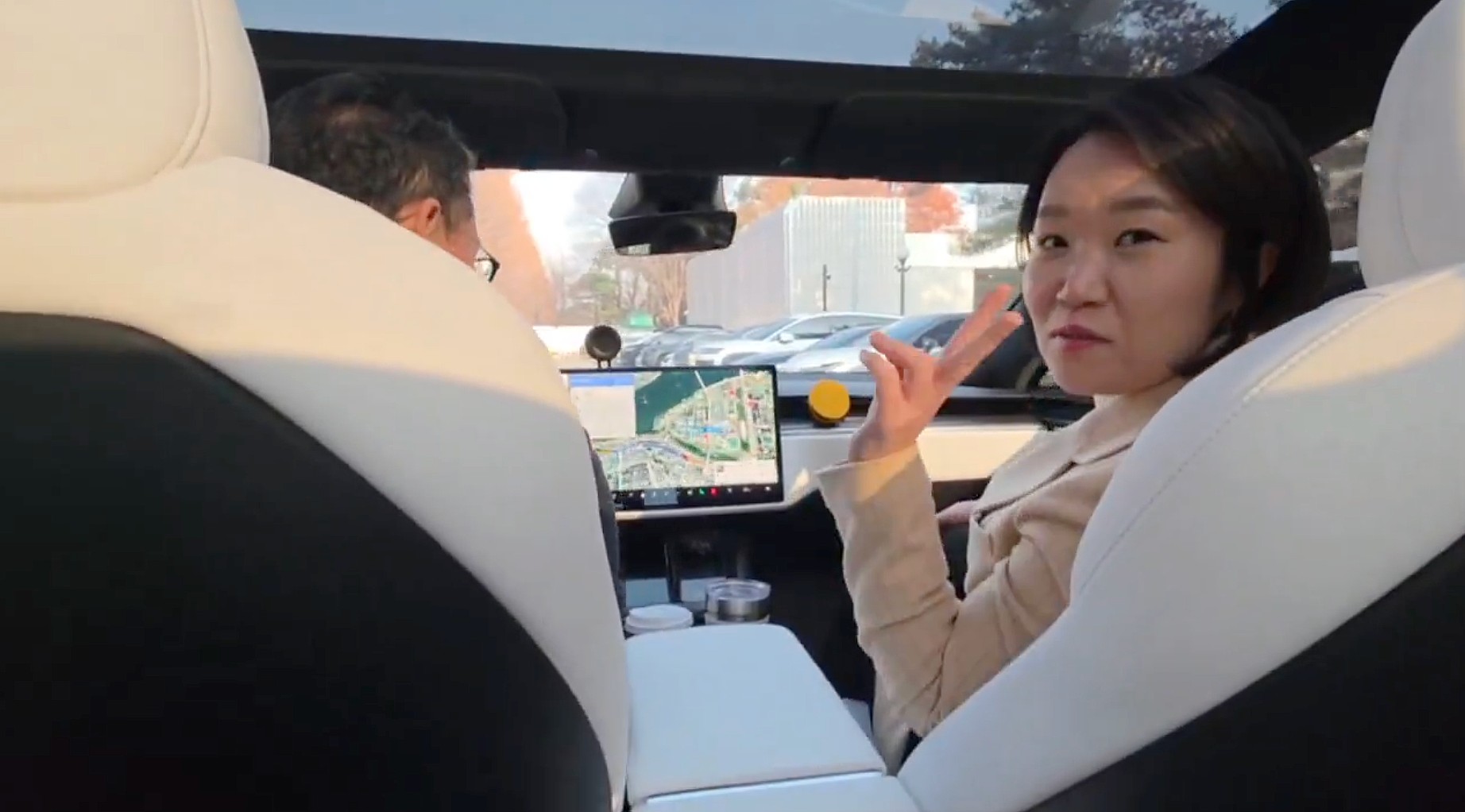
Tesla Full Self-Driving got its first sparkling review from South Korean politician Lee So-young, a member of the country’s National Assembly, earlier this week.
Lee is a member of the Strategy and Finance Committee in South Korea and is a proponent of sustainable technologies and their applications in both residential and commercial settings. For the first time, Lee was able to utilize Tesla’s Full Self-Driving technology as it launched in the country in late November.
Her thoughts on the suite were complimentary to the suite, stating that “it drives just as well as most people do,” and that “it already feels like a completed technology.”
드디어 오늘, 서울에서 테슬라 FSD 체험 했습니다.
JiDal Papa님의 모델S 협찬에 힘입어^^ 파파님 정말 감사합니다.
국회 -> 망원시장 -> 홍익대 -> 국회 복귀 코스였고요.
이미 무인 로보택시를 타봐서 그런지 신기함은
덜했지만, 웬만한 사람만큼 운전을 잘하네요.이미 완성된 기술이라고… pic.twitter.com/8pAidHBpRG
— 이소영 국회의원 (Soyoung Lee) (@im_soyounglee) December 17, 2025
Her translated post says:
“Finally, today I got to experience Tesla FSD in Seoul. Thanks to the Model S sponsored by JiDal Papa^^, I’m truly grateful to Papa. The route was from the National Assembly -> Mangwon Market -> Hongik University -> back to the National Assembly. Having already ridden in an unmanned robotaxi, the novelty wasn’t as strong for me, but it drives just as well as most people do. It already feels like a completed technology, which gives me a lot to think about. Once it actually spreads into widespread use, I feel like our daily lives are going to change a lot. Even I, with my license gathering dust in a drawer, don’t see much reason to learn to drive a manual anymore.”
Tesla Full Self-Driving officially landed in South Korea in late November, with the initial launch being one of Tesla’s most recent, v14.1.4.
It marked the seventh country in which Tesla was able to enable the driver assistance suite, following the United States, Puerto Rico, Canada, China, Mexico, Australia, and New Zealand.
It is important to see politicians and figures in power try new technologies, especially ones that are widely popular in other regions of the world and could potentially revolutionize how people travel globally.








